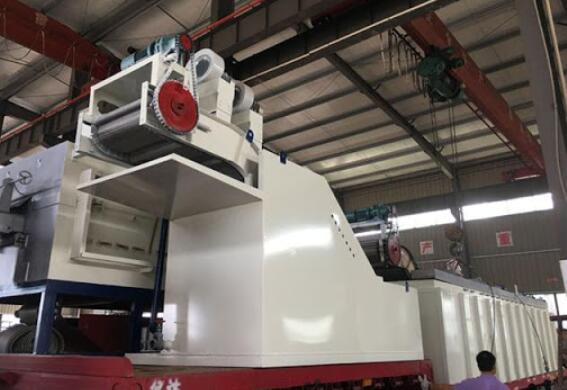Batch type Vacuum Sintering furnace (MIM) in electron for mass production

Description :
Metal injection molding (MIM) is a metalworking process by which finely-powdered metal is mixed with a measured amount of binder material to comprise a feedstock capable of being handled by plastic processing equipment through a process known as injection mold forming. The molding process allows complex parts to be shaped in a single operation and in high volume. End products are commonly component items used in various industries and applications. The nature of MIM feedstock flow is defined by a physics called rheology. Current equipment capability requires processing to stay limited to products that can be molded using typical volumes of 100 grams or less per "shot" into the mold. Rheology does allow this "shot" to be distributed into multiple cavities, thus becoming cost-effective for small, intricate, high-volume products which would otherwise be quite expensive to produce by alternate or classic methods. The variety of metals capable of implementation within MIM feedstock are referred to as powder metallurgy, and these contain the same alloying constituents found in industry standards for common and exotic metal applications. Subsequent conditioning operations are performed on the molded shape, where the binder material is removed and the metal particles are coalesced into the desired state for the metal alloy.
Applications:
The window of economic advantage in metal injection molded parts lies in complexity and volume for small-size parts. MIM materials are comparable to metal formed by competing methods, and final products are used in a broad range of industrial, commercial, medical, dental, firearms, aerospace, and automotive applications. Dimensional tolerances of ±0.003 inches per linear inch can be commonly held, and far closer restrictions on tolerance are possible with expert knowledge of molding and sintering. MIM can produce parts where it is difficult, or even impossible, to efficiently manufacture an item through other means of fabrication. Increased costs for traditional manufacturing methods inherent to part complexity, such as internal/external threads, miniaturization, or brand identity marking, typically do not increase the cost in a MIM operation due to the flexibility of injection molding.
Other ‘Design capabilities’ that can be implemented into the MIM operation include Batch codes, part numbers or date stamps moulded into parts; Parts manufactured to their net weight reducing material waste and cost; Density controlled to within 95–98%; Amalgamation of parts and Complex 3D Geometries.
Parameter :
Effective working zone size : 600x600x1000 mm
Max temperature : 1600℃ or more
Ultimate vacuum : 2 x 10-3 pa
Pressure rising rate : 0.5
Temperature uniformity : ±5






